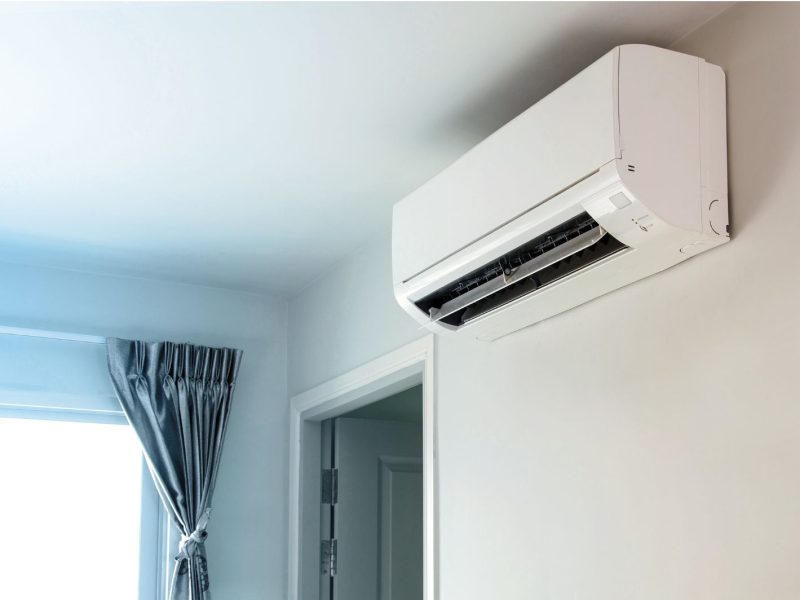Are you confused about the types of attic insulation?
Choosing the right one can make a big difference in your home’s energy efficiency. Each type has its benefits and drawbacks. Understanding these can help you make a smart choice. Let’s explore the options available to you.
Want to learn more? Read on to discover which type of attic insulation is right for your home!
Table of Contents
1. Fiberglass Batt Insulation
Fiberglass batt insulation is one of the most common types of insulation used in attics. It consists of batts or blankets made from woven fiberglass fibers. These batts come in different thicknesses and widths. They are easy to install and can fit between standard framing.
One of the main benefits of fiberglass batt insulation is its ability to reduce heat loss in winter and keep homes cool in summer. It also helps in soundproofing rooms. It is also important to wear protective gear during installation. This will help avoid irritation from the fiberglass material.
2. Blown-in Cellulose Insulation
Blown-in cellulose insulation is made from recycled paper products. It is treated with fire retardants to enhance safety. It fills gaps and covers hard-to-reach spaces well. This ensures a tight fit, which helps improve energy efficiency.
One of the main benefits of blown-in cellulose insulation is its excellent structural strength. It can provide good thermal performance in both winter and summer. However, it is essential to ensure proper installation to avoid settling over time. This settling may reduce its effectiveness.
3. Spray Foam Insulation
Spray foam insulation is a popular choice for attic spaces. It consists of a liquid foam that expands when sprayed. This expansion fills in gaps and creates an air barrier. One of the main benefits of spray foam insulation is its ability to provide great thermal resistance. It can help keep your home warm in winter and cool in summer.
Additionally, it can reduce noise transfer between rooms. Installation can be done using these spray foam insulation kits, which make it easier for homeowners to apply themselves. Proper installation is crucial for achieving the best results.
4. Rigid Foam Board Insulation
Rigid foam board insulation is another effective choice for attics. It comes in large, solid panels. These panels can be easily cut to fit different spaces. The rigid foam board is lightweight yet strong. It offers good thermal resistance. This helps keep homes warm in winter and cool in summer.
One of the main advantages of rigid foam board insulation is its ability to resist moisture. This makes it useful for areas prone to dampness. It is also easy to install. But, careful handling is important to avoid damage. When looking at types of attic insulation, consider rigid foam board for its high performance and versatility.
Choosing the Right Types of Attic Insulation
In conclusion, selecting the right types of attic insulation is essential for improving your home’s energy efficiency. Each type offers unique benefits, so it’s important to consider your specific needs.
By understanding the differences, you can make an informed choice to ensure comfort and savings year-round. Take the time to assess your options and choose the insulation that best suits your home.
Did you find this article helpful? Check out the rest of our blog for more!



